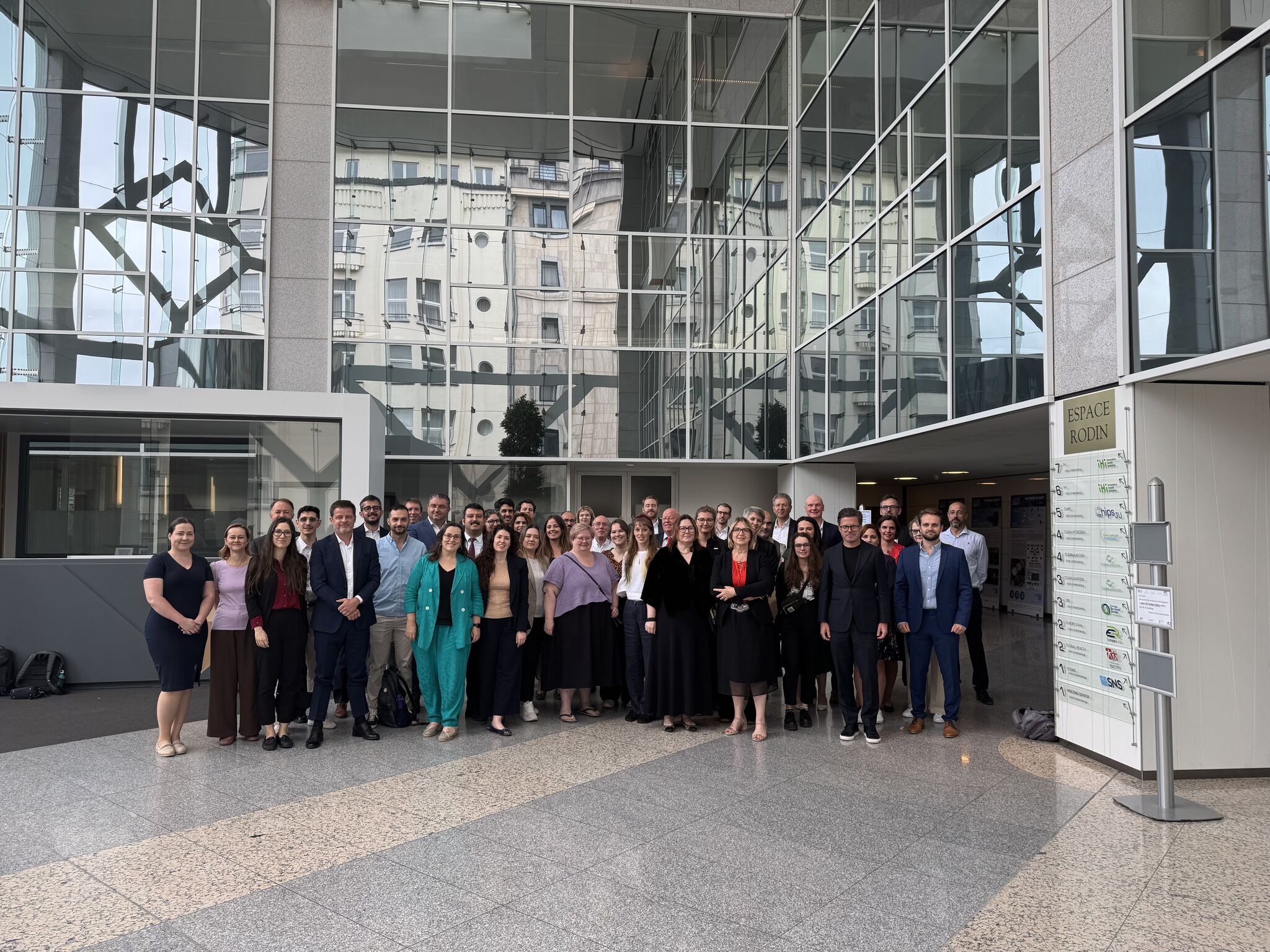Europe accelerates its hydrogen valleys from Brussels
Aragon Hydrogen Foundation in the European Hydrogen Valleys.
In a room without spotlights or headlines, but filled with maps, notebooks, and a strong will to connect, representatives from the 21 Hydrogen Valleys funded by the Clean Hydrogen Partnership gathered yesterday. It was the first internal workshop of its kind, and more than an event, it felt like a community-building exercise. A moment to reflect on achievements – and missteps.
The session, held in parallel with the EU Hydrogen Valleys Days 2025, was an opportunity to share experiences on governance, financing, citizen engagement, and scalability. There was talk of the technical, yes, but also of the human: how to build a hydrogen economy that leaves no one behind.
Among all the projects, one presence stood out for its consistency and commitment: Fundación Hidrógeno Aragón, which stands as the only entity participating in Hydrogen Valleys projects funded in all seven calls launched to date by the Clean Hydrogen Joint Undertaking. That’s no small feat. It reflects a sustained trajectory and a firm commitment to hydrogen as a driver of both regional and European development.
During the EU Hydrogen Valleys Days, projects like Green Hysland, HEAVENN, and SH2AMROCK were presented, and voices were heard from the European Commission, pioneering regions, and companies already investing in this transition. The European Hydrogen Valleys S3 Partnership emphasized the importance of interregional alliances and bottom-up approaches to make hydrogen not just a promise, but a territorial reality.
One of the most significant moments was the active participation of the Aragon Hydrogen Foundation in representation of the European regions, where the collaborative work developed with the Clean Hydrogen Partnership was highlighted and the role of the regions as co-leaders of the European Hydrogen Valleys S3 Partnership was highlighted. This alliance not only strengthens inter-territorial cooperation, but also generates useful knowledge for decision-making: it has recently published a new position paper with strategic proposals to consolidate the role of the valleys in the energy transition.
The new H2V Facility was also presented, awarded to Roland Berger, which will continue the work of the Mission Innovation Hydrogen Valley Platform and offer technical support (PDA light & plus) to potential hydrogen valleys to help them move toward a Final Investment Decision (FID). The application process will open in the summer of 2025, with an open call expected on July 11.
And if one thing became clear in Brussels, it’s that there is no transition without talent. The need for technical and professional skills was a recurring theme in discussions and gained special emphasis with the mention of HyAcademy, the European initiative aiming to train the next generation of hydrogen technology experts. Because without skilled people, there are no valleys that matter.
And once again, Fundación Hidrógeno Aragón stood out among all the projects, as the only entity involved in the seven Hydrogen Valleys calls funded by the Clean Hydrogen JU. Commitment like that doesn’t happen by accident.
What happened in Brussels was not just another summit. It was a declaration of intent. And Aragón, through its Foundation, was — once again — at the heart of the conversation.
Want to know which valleys we are involved in and how we can support yours?
Visit hidrogenoaragon.org or get in touch. We are here to collaborate, share, and build together.
And don’t miss this interactive map of the hydrogen valleys we’re part of: Hydrogen Valleys – Fundación Hidrógeno Aragón



